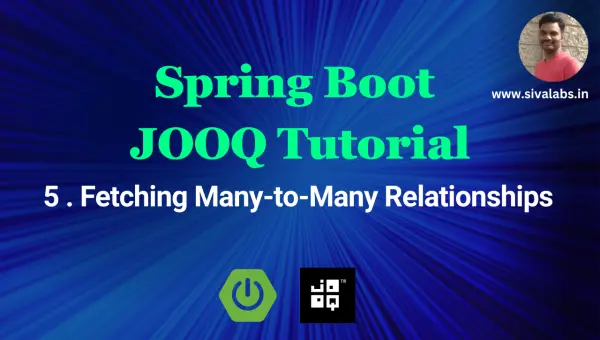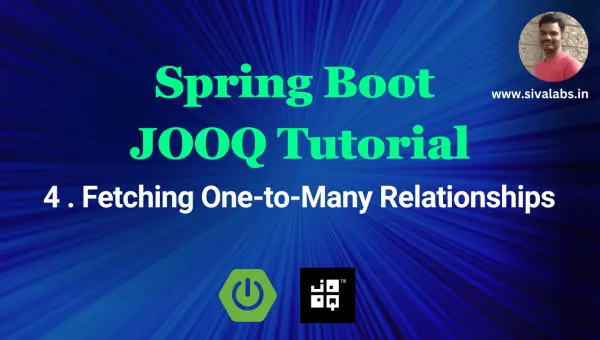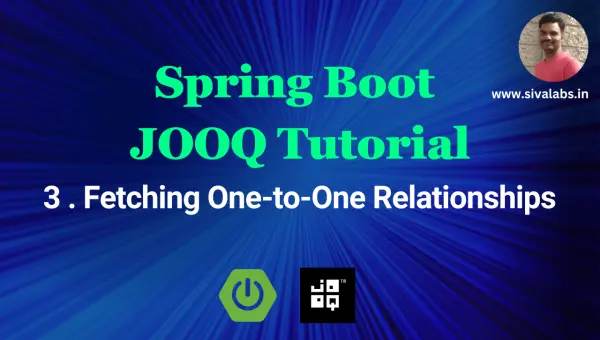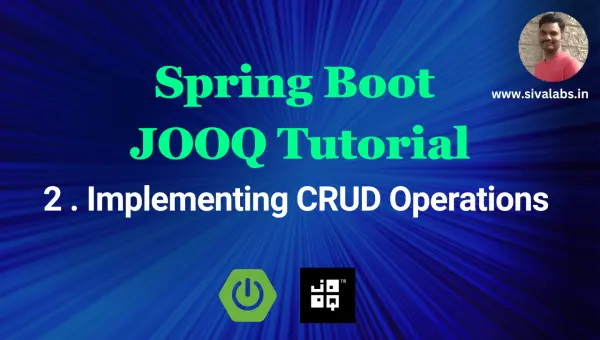In the previous tutorial, we have learned how to fetch One-to-Many relationships using jOOQ. In this tutorial, we will learn how to fetch Many-to-Many relationships using jOOQ.

Java, Spring Boot, Microservices, Cloud and DevOps Tutorials

In the previous tutorial, we have learned how to fetch One-to-Many relationships using jOOQ. In this tutorial, we will learn how to fetch Many-to-Many relationships using jOOQ.

In the previous tutorial, we have learned how to fetch One-to-One relationships using jOOQ. In this tutorial, we will learn how to fetch One-to-Many relationships using jOOQ.

In the previous tutorial, we have learned how to implement basic CRUD Operations using jOOQ. In this tutorial, we will learn how to fetch One-to-One relationships using jOOQ.

In the previous tutorial, we have seen how to generate jOOQ code using the testcontainers-jooq-codegen-maven-plugin and use jOOQ Typesafe DSL to execute SQL queries. In this tutorial, we will learn how to implement basic CRUD Operations using jOOQ.

jOOQ is a Java persistence library that provides SQL DSL for writing typesafe SQL queries. It supports most of the popular databases like MySQL, PostgreSQL, Oracle, SQL Server, and many more. In this tutorial, we will learn how to get started with jOOQ for implementing persistence layer in a Spring Boot application. You can also use jOOQ in other JVM based languages like Kotlin, Scala, etc.
In my previous article SpringBoot : Working with MyBatis we have learned how to use SpringBoot MyBatis Starter to quickly get up and running with Spring and MyBatis. In this article we are going to learn about how to use SpringBoot JOOQ Starter.
JOOQ (JOOQ Object Oriented Querying) is a persistence framework which embraces SQL.